Vintage Advertising: 1940s Father’s Day Gifts
While you ponder what to get Dad for Father’s Day, we offer this look at the traditional gifts of the past.

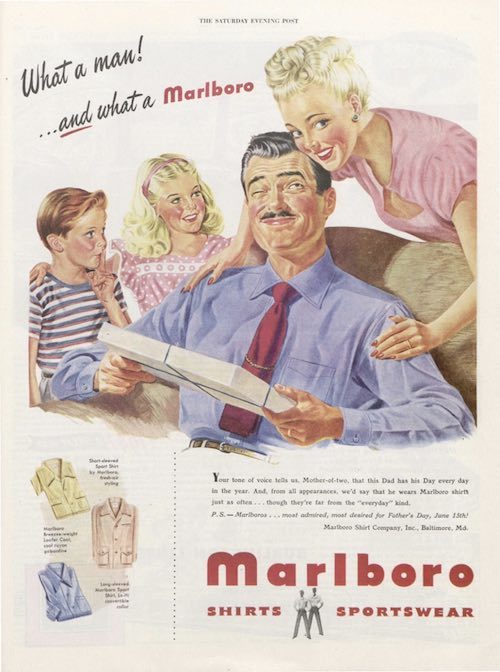
In former times, many men wore “office attire” at work. An integral part of this attire was the semi-formal shirt. Custom demanded that the shirt be not only spotless, but starched and pressed so that the shirt had the consistency of cardboard. Men wore these shirts all day long, which is perhaps why the end of the work day and its “happy hour” was so popular.
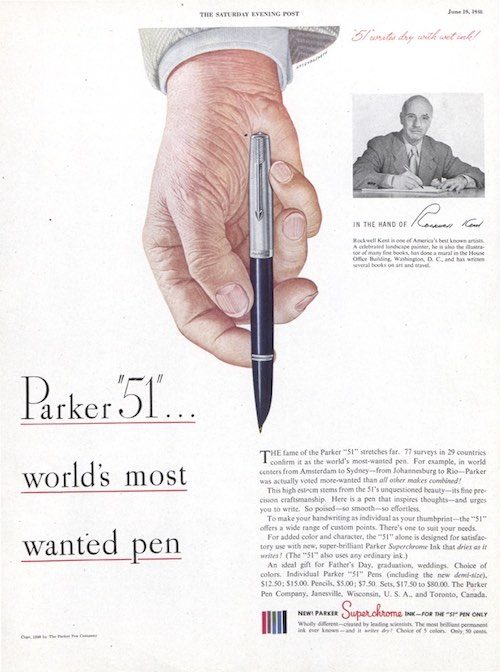
The fountain pen was the next step in evolution after the quill pen and ink bottle. It could be quite ornate, expensive, and capable of producing a line of ink on a page so fine and even, it was like poetry. But when dropped, fountain pens invariably landed on their writing point and never again worked properly. Or, for mysterious reasons, they released their ink, usually while in a shirt pocket, which would never come clean again, hence the need for shirts on every Father’s Day.
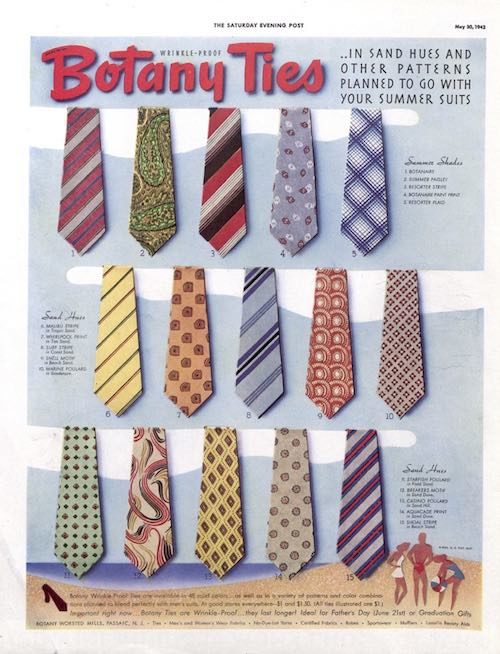
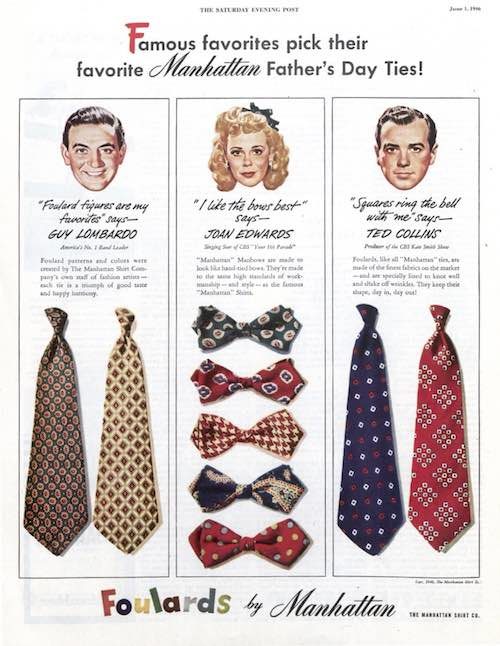
A tie was an accessory of male attire that was worn around the neck and fastened in a knot, often too tight to allow comfort. The tie required the wearer’s shirt collar to remain closed, adding to the wearer’s discomfort. And spilled food invariably landed on a tie instead of a shirt. Naturally, good ties were made of silk, which couldn’t be washed.
The bow tie was the mark of the well-behaved rebel, a man unafraid of being thought independent or eccentric. The art of tying a bow tie was gradually lost over time until most men relied on a clip-on bow tie, which they wore on the rare occasions they were part of a wedding party.
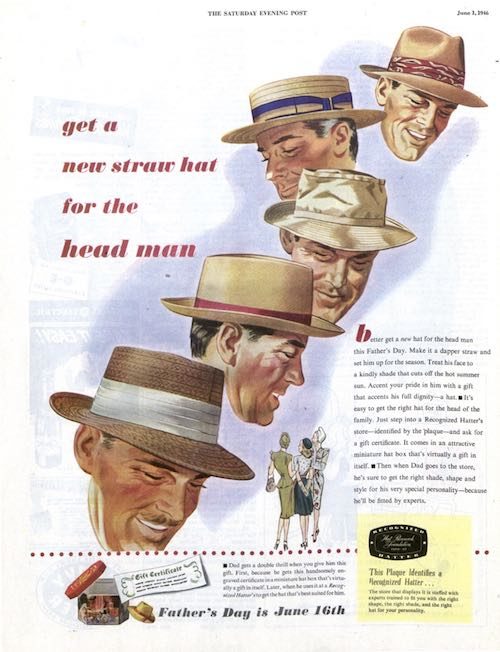
Before the baseball cap became the de rigeur headgear, men’s hats were more elaborate. Made from straw or felt, they could be very expensive and were treated with great care. They were never worn indoors, but always worn in public where the style, and not the designer’s named on the crown, reflected the wearer’s personality.

You may have seen some of these items in old movies. They were more convenient than matches for lighting tobacco. A man who could confidently manipulate a cigarette lighter, deftly bringing a flame to a woman’s face as she placed a cigarette between her lips, was considered sophisticated, which was a good thing back then.
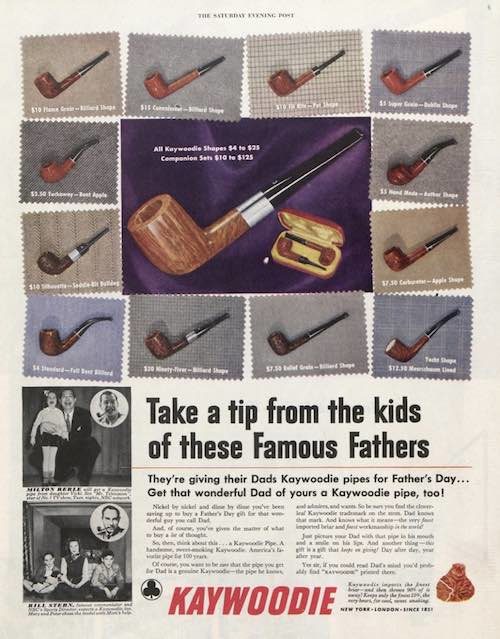
In the distant past, pipes were principally used for smoking wholly legal tobacco. They were considered “manly,” because, like cigars, they were only used by men. Other than Joseph Stalin, pipe smokers rarely caused anyone trouble.

Shaving was once far more hazardous process than it is today. Until electric razors appeared, men used single blades. Although they had a shaving edge on both sides, they were less efficient than today’s multi-blade varieties. And occasionally they would nick a shaver’s face — quickly, easily, and cruelly.

A wrist watch was exactly what its name implied: a watch worn on the wrist. Popular with women in the 1910s, they were considered too effeminate for men to wear until soldiers adopted them in World War I. Thereafter, no man was considered properly prepared for the day without attaching a timepiece to his wrist band instead of his belt clip. (Watches only told time; they did not take pictures or sent text messages.)